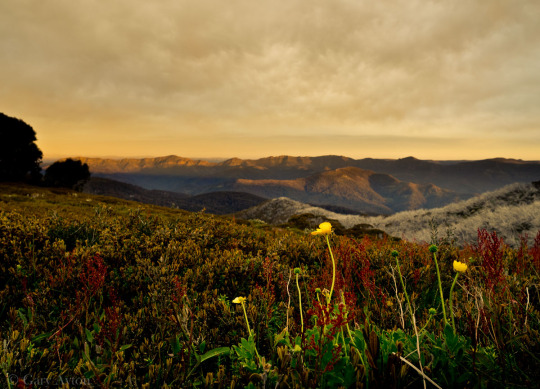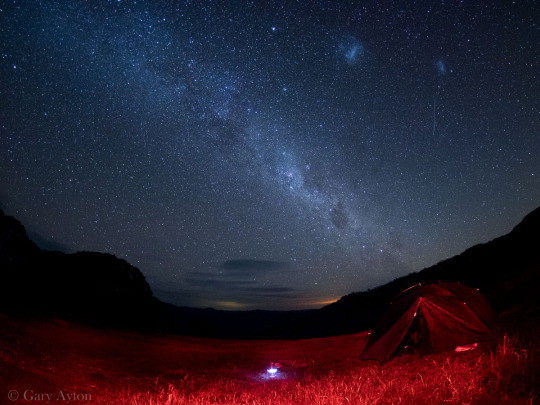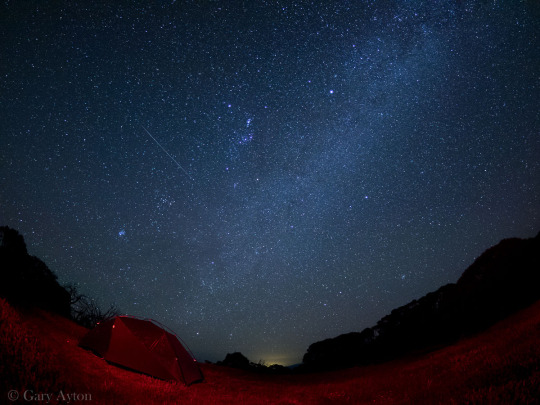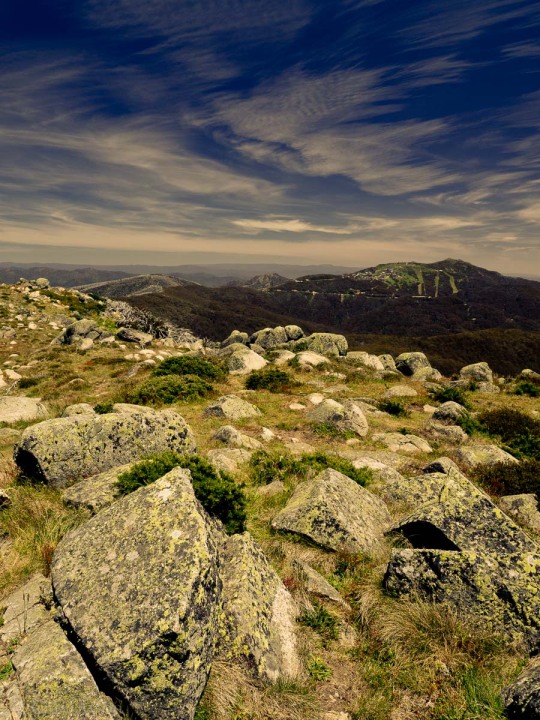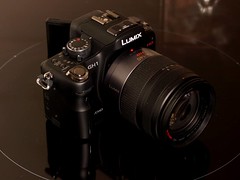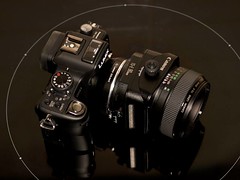Following on from my overnight camping hike up Mt Feathertop, I decided it was time to do one solo.
I thus decided upon Mt Stirling as it was relatively close to Melbourne (some 3hrs drive via Mansfield) and the hike up the mountain is only half as long as the Mt Feathertop hike (4.5km at 500m altitude gain vs 10.5km at 1100m altitude gain), and with the extra weight of cooking gear and food, I felt this would be a good hike to start as a solo endeavour, given I did struggle with the ascent of Mt Feathertop given my lack of fitness.
I had considered extending the hike across The Monument saddle to camp near Craig’s Hut of The Man from Snowy River movie fame but wisely considered this might be a touch too much and perhaps best done another time as the walk from there back up Mt Stirling is on a very steep, severely eroded 4WD track and not much fun with a heavy backpack.
Mt Stirling is in the Victorian Alps and rises to 1749m which is similar to nearby alpine resort of Mt Buller.
Unlike commercialised Mt Buller, Mt Stirling offers camping and is a relatively “remote” camp site – I was the only person camping up there the night I went.
That said, as I soon discovered 2/3rds of my way up the mountain, you are not really isolated from people – I met 3 teams of commercial horse trail riders each with about a dozen horses, and leaving plenty of fresh presents for me to step in while attracting a multitude of flies, and then around 9.30am on a Monday morning, a 4WD enthusiast decided to pit his car and his skills against the treacherous 4WD ascent track to Mt Stirling, presumably not for the views nor to experience the ambience of Mt Stirling but just as a challenge to himself and his colleague, and to further erode the already severely eroded track.
Having left my car at the Telephone Box Junction (TBJ) and placed a note of intention of my trip in the ranger’s post slot, I again mounted my new Aarn Peak Aspiration Body Pack which weighed around 16-17kg with 1.5kg of water.
To reduce weight given that this trip I needed to carry cooking gear and food for dinner, I decided to leave my lovely Olympus mZD 40-140mm f/2.8 lens at home as this would save nearly 1kg, but given the forecast was for the clouds to clear by midnight, and there was hope of Geminid meteor shower being visible (I was 24hrs early for the peak of the shower), I decided to bring a small tripod and the Olympus mZD 8mm f/1.8 fisheye lens as well as my only other lens for the trip – the small, light, Olympus mZD 12mm f/2.0 lens. Of course, I also brought along my Olympus OM-D E-M1 Micro Four Thirds mirrorless camera. I feel sorry for those hikers who have to cart big heavy dSLRs such as Canon or Nikon with their big, heavy lenses and big, heavy tripods to match.
Despite the weight of my backpack which again performed beautifully for me, the walk up Mt Stirling was pleasant amongst the tall eucalypts and the overcast skies kept the summer temperatures to a comfortable level for strenuous uphill hiking, made all the more enjoyable by knowing that it is only a 2.5hr walk and then I would be able to relax and take in the awesome ambience of being the only person on top of the mountain overnight.
The enjoyment was somewhat reduced with the horse manure and flies, and then, once at the top, by the small but aggressive Australian native alpine ants, Iridomyrmex alpinus, which insisted on swarming over my feet and giving me a few friendly nips whenever I had inadvertently encroached near their ground nests hidden amongst the low foliage on top of the mountain. I thus took some time to plan where I would pitch the tent, even though it was insect proof.
There are a number of emergency huts along the way to the top of Mt Stirling should the weather become extreme, and near the camp area at the base of the summit, there is the Geelong Grammar School hut with a rain tank which unlike at Mt Feathertop, this one had water, although not potable and required treating. To save weight I did not bring the Camelbak All Clear UV water sterilisation kit, but instead brought along a 10 micro water filter kit, which although slower to process the water is considerably lighter.
After pitching my Big Sky Revolution 2P tent and boiling water for tea and for my dehydrated beef pasta dinner, I became excited by a very unexpected sunset as the sun managed to find its way under the big blanket of cloud to light up Mt Speculation and the Cross Saw ridge:
I tried to get some sleep and wake up after midnight when the forecast for the cloud to disappear came to fruition and allow me access to the summer Milky Way and the Geminid meteors, but alas, sleep did not come easy, but I was rewarded with beautiful dark skies full of stars, but very few meteors (I was after all 24hrs too early for the peak meteor shower).
Looking south to the Southern Cross, Centaurus and the Magellanic Clouds whilst I boiled water at 2am for a hot chocolate and marshmallow – a meteor came shooting down from the Small Magellanic Cloud aiming straight for my tent (Olympus mZD 8mm f/1.8 fisheye lens at f/1.8, 30secs):
and at last a Geminid meteor sweeping from Castor and Pollux, the Gemini twin stars at lower right and across to the left upper between Orion and Taurus with the lights of the alpine tourist town of Bright in the distant north-east horizon:
Next day, after earlier moving my tent into the shade of a tree, I was awoken at the unearthly hour of 11.30am by female voices warning me that there were women around and perhaps extracting myself from the tent naked would not be a good idea – I suspect they were secretly hoping for a Hugh Jackman pouring a bucket of water over himself, but instead, they got a bleary eyed George Clooney asking where the Nespresso machine was and discovering instead, a dozen women on horseback!
The heat of the midday sun meant it was well and truly time to eat the remains of my cheeses and “twiggy stick” salami before it went off, and then to go exploring the summit of Mt Stirling and the ridge across towards Stanley Bowl.
The summit (at left) from the east ridge looking towards the prominent Mt Cobbler:
and another view along the more gentle parts of the 4WD track – the camp ground is the small clearing to the right of the base of the road:

View of Mt Buller from the eastern ridge:
The hike back down to the car was hot and sunny (it was 34degC at the base of the mountain, although I suspect it was only around 20-24deg air temperature for most of the hike but the direct summer sun made up for the difference!). I decided to go a different route down which was longer but supposedly more picturesque. I took the first of several possible short cuts, this one was to Wombat Drop but after some 400m the path which had been notable for the grass becoming longer and more difficult to see snakes in, suddenly was terminated by a sign indicated it was under revegetation and thus I returned back up the path to the gravel track and continued on my merry way.
Somehow, perhaps because of this experience, I missed the last of the shortcuts and ended up walking far further than I needed to, down to King Saddle Hut, and a very boring 4km or so walk along the Summit Circuit Road (had I bothered to put my reading glasses on and consult a map, I could have walked instead to Razorback Hut instead of along the circuit road) back to the TBJ where fortunately, my car still had all four wheels and the windows were even intact!
The drive back to Melbourne was broken by a hamburger in the township of Yea, but I did miss not being able to allow myself extra time to photograph the beautiful late afternoon light coming through onto the hillsides in this lovely region. I was concerned that the boring drive down the Hume Freeway would put me to sleep and to further delay my trip home would only create a greater risk. I thus regrettably gave up on enjoying the beauty of an uncommon light that was truly inspirational.

